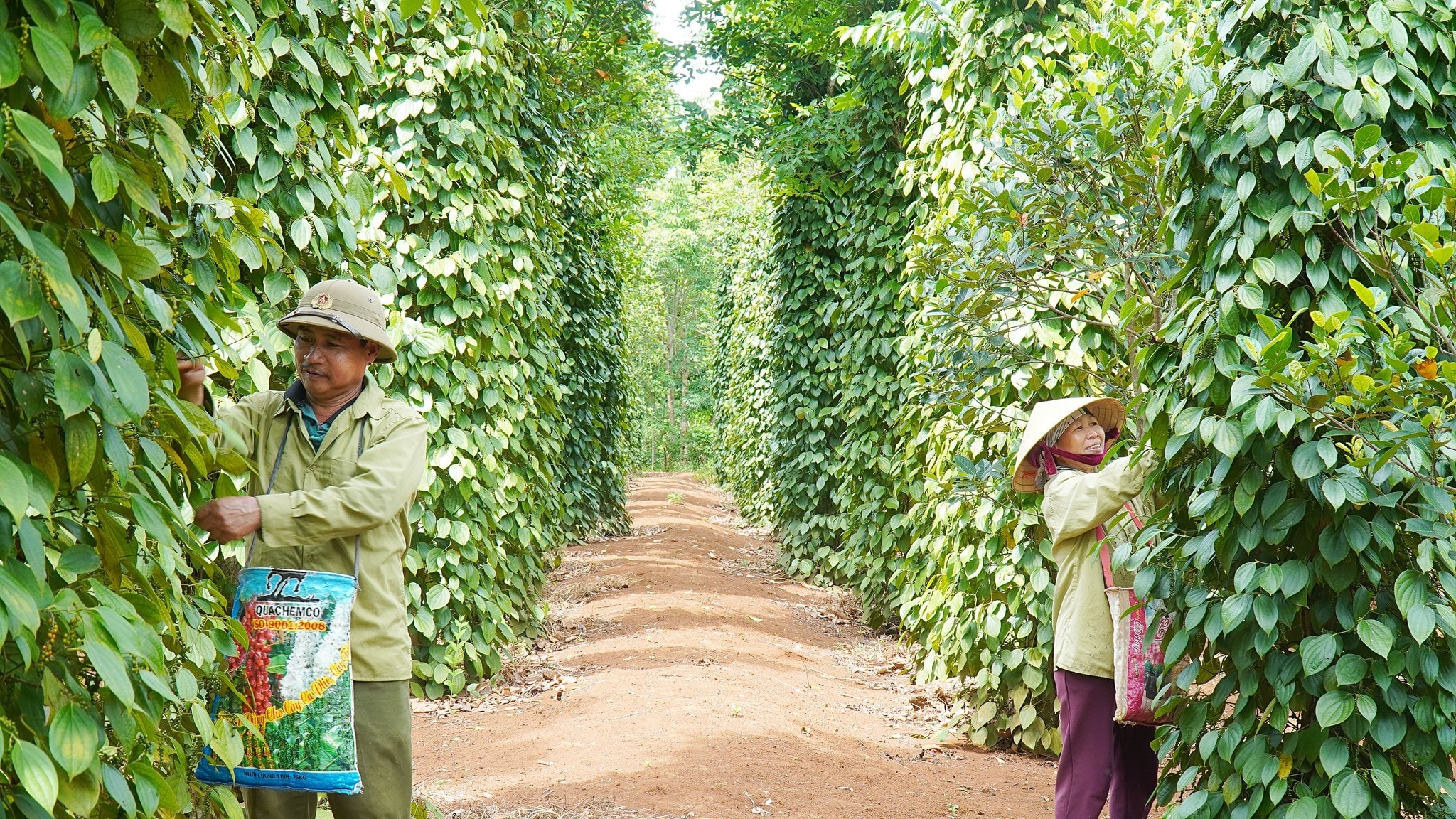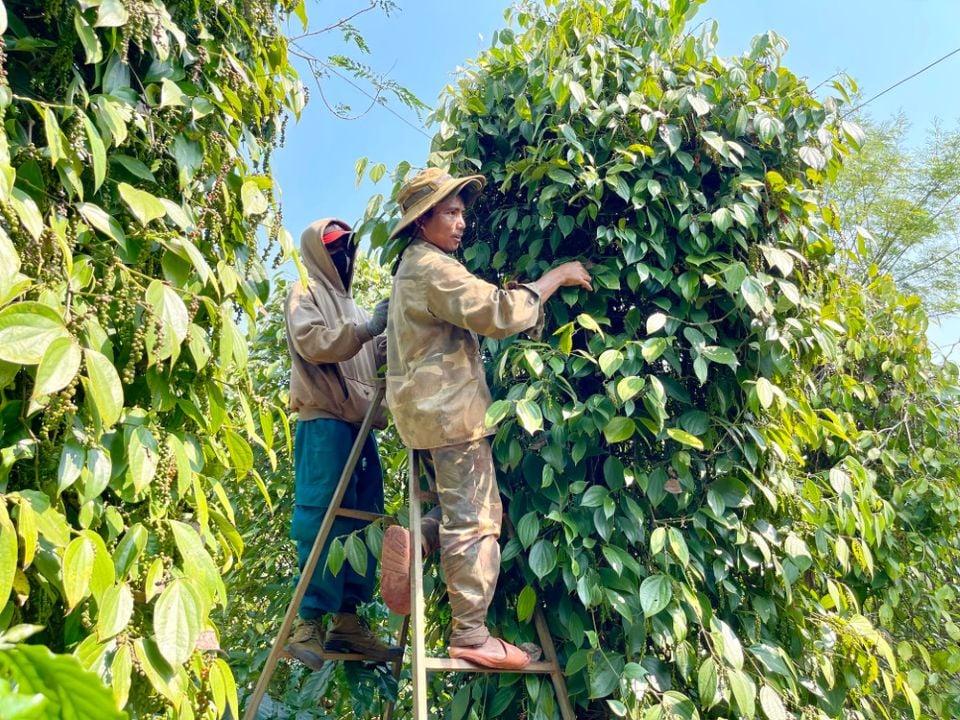VPSA Information on the Application of US Duties on Pepper and Spices

Faced with the possibility that the United States will impose tariffs on imported goods from Vietnam, including the Pepper and Spices industry, some US importers have asked Vietnamese export enterprises to delay delivery and not sign new contracts. Some other unrelated markets have also taken this opportunity to not sign new contracts to wait for prices to decrease if Vietnam is subject to tariffs. This has a direct impact on domestic production, causing Vietnamese export enterprises to potentially lose short-term liquidity, increase inventories, and suspend raw material purchases, leading to price decreases in recent days.
Faced with this situation, from April 5 to 7, 2025, the Vietnam Pepper and Spice Association (VPSA) attended 3 important meetings with the Prime Minister, Deputy Prime Minister and Minister of Agriculture and Environment. At the meeting, VPSA shared the following information and recommendations and proposals:
– Pepper and spices are essential and important commodities for the US food and beverage industry. The US does not have the natural conditions to cultivate these commodities, so Vietnam does not create any competition that affects the interests of US businesses in this industry group.
– The American Spice Trade Association (ASTA) has also made a recommendation to the US Government not to impose import taxes on pepper and spices because if imposed, it will create a significant financial burden for food manufacturers, restaurants and ultimately US consumers.
– Currently, there is no exact information on how much tax the US will impose on Pepper and Spices, except for a minimum of 10%. We recommend that your business be proactive in all situations in which you are subject to a minimum tax of 10% or a maximum of 46% as announced by the US Government from April 5, 2025.
VPSA's recommendation:
– Regarding the applicable tax rate of the United States: VPSA proposes to maintain the current tax rate (0%), if adjusted, it proposes a tax rate of 10% like Brazil (Vietnam's biggest direct competitor). The Vietnamese Government needs to negotiate to have a suitable tax rate and tax application roadmap for each item and propose that the United States postpone imposing taxes on Vietnam for at least 45 days as the Government has proposed.
– Regarding finance: Propose that the Government has appropriate financial policies and preferential interest rates specifically for agricultural products exported to the United States. Support the implementation of temporary credit packages, insurance against risks of delayed orders and contract extensions.
– Regarding logistics: Domestic logistics costs, especially road and refrigerated containers, are currently the highest in the ASEAN region, seriously affecting export price competitiveness. It is recommended that the Ministry of Agriculture and Environment coordinate with the Ministry of Transport and the Ministry of Industry and Trade to consider exempting or reducing storage costs and port infrastructure fees; and supporting domestic transportation costs during the time when businesses are affected by international political factors.
– Regarding raw material areas and social security: In the context of trade instability, it is necessary to have firm direction from the Ministry of Agriculture and Environment in coordination with local authorities and the Association to maintain stability in growing areas of pepper, cinnamon, star anise, etc. If there is no timely solution, farmers will reduce the area or spontaneously switch crops, causing loss of control over the supply chain in the medium and long term.
– Regarding businesses: Need to be more proactive and focus more on enhancing deep processing; gradually shift away from raw exports, diversify markets, reduce dependence on one large market, avoid being forced to pay higher prices at peak times. Make the production and supply chain transparent, avoid third countries using Vietnam as a place to avoid tariffs like before.
VPSA













